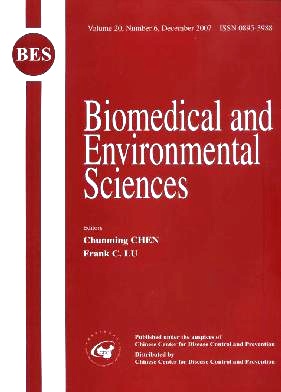Isolation and Characterization of a New Heterotrophic Nitrifying Bacillus sp. Strain
-
Key words:
- 16S rDNA /
- Aerobic denitrification /
- Bacillus /
- Heterotrophic nitrification /
- Phylogenetic analysis
Abstract: Objective To characterize the heterotrophic nitrifying bacteria. Methods The bacteria were isolated from membrane bioreactor for treating synthetic wastewater using the method newly introduced in this study. Fluorescence in situ hybridization (FISH) was used to validate the nonexistence of autotrophic ammonia oxidizers and nitrite oxidizers. Batch tests were carried out to investigate the capability of heterotrophic nitrification by the pure culture. Phylogenetic analysis of the pure culture was performed. Results A heterotrophic nitrifier, named Bacillus sp. LY, was newly isolated from the membrane bioreactor system in which the efficiency of TN removal was up to 80%. After 24-day, incubation, the removal efficiency of COD by Bacillus sp. LYwas 71.7%. The ammonium nitrogen removal rate after assimilation nearly ceased by Bacillus sp. LYwas 74.7%.The phylogenetic tree of Bacillus sp. LY and the neighbouring nitrifiers were given. Conclusions The batch test results indicate that Bacillus sp. LY can utilize the organic carbon as the source of assimilation when it grows on glucose and ammonium chloride medium accompanying the formation of oxidized-nitrogen. It also can denitrify nitrate while nitrifying. Bacillus sp. LY may become a new bacterial resource for heterotrophic nitrification and play a bioremediation role in nutrient removal.
| Citation: | YAN LIN, HAI-NAN KONG, YI-LIANG HE, BIN-BIN LIU, YUHIE INAMORI, LI YAN. Isolation and Characterization of a New Heterotrophic Nitrifying Bacillus sp. Strain[J]. Biomedical and Environmental Sciences, 2007, 20(6): 450-455. |







 Quick Links
Quick Links
 DownLoad:
DownLoad: